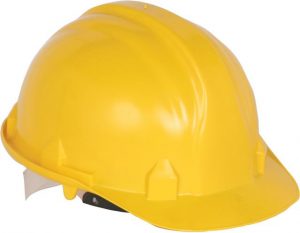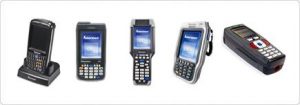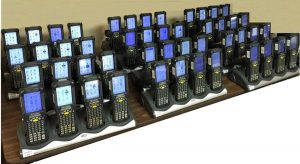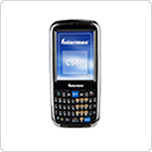Barcodes are an increasingly common part of everyday life. The first encounter that most people had with barcodes was at supermarket checkout counters in the middle of 20th century. Few people at that time could have imagined the scale on which barcodes are utilized in inventory management, advertising and all forms of data tracking processes today. More businesses than ever before are taking advantage of barcode scanner rental offers to see how barcodes might improve the efficiency of their operations. In just the few decades since their inception, they have adapted to a wide variety of uses in many different industries. People are finding novel uses for the barcode seemingly every day.
Perhaps the most interesting example involving new uses for barcodes recently took place in China: a beggar used a barcode to make it easier and more convenient for people to donate money to his cause. While there is no guarantee that all panhandlers of the future will be equipped with similar barcodes, the recent story from China is certainly an interesting case study in just how seamlessly barcodes can fit into modern life. Here are some of the details of the recent story.
Viral Images
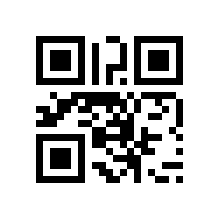
It all started in eastern China when a beggar was photographed with a QR code—which is a two-dimensional barcode—around his neck. As readers can imagine, the photograph was unique and told quite an interesting story. Whoever took the picture of the beggar with the barcode around his neck thought the photograph was so compelling that they uploaded the photograph to their social media account. Once the photograph was on social media, it went viral; people around the world were fascinated by the image and began sharing it rapidly with friends, family and everyone in their social media networks. Of course, beggars are a sadly routine part of everyday life in major cities all over the world, but the image of a beggar juxtaposed with such a striking symbol of modern technology evidently caught the imagination of many social media users.
The Bigger Picture
It wasn’t just the image that was interesting but also what the image represented. All over the world, fewer and fewer people are using cash in their everyday lives, favoring electronic payments like credit cards instead. The move away from physical cash toward electronic payments is even more pronounced in China. Thus, China made for an appropriate place for the photograph to take place. The beggar’s QR code allowed for people to donate money by scanning the barcode with their phone and selecting an amount to donate that would be deducted from their personal account.
Mixed Reactions
Observers around the world had mixed reactions to the photograph. Some applauded the convenient charity that was made possible by the barcode; if the barcode made it easier for the beggar to get help, then it could only be a positive development. Other observers were more skeptical and thought that it was unfortunate for a beggar to be considered such a normal part of life even as technology becomes more advanced. Regardless of whether the reactions were mostly positive or negative, the story certainly exemplifies the widespread use of barcoded technology in both business and personal life.

